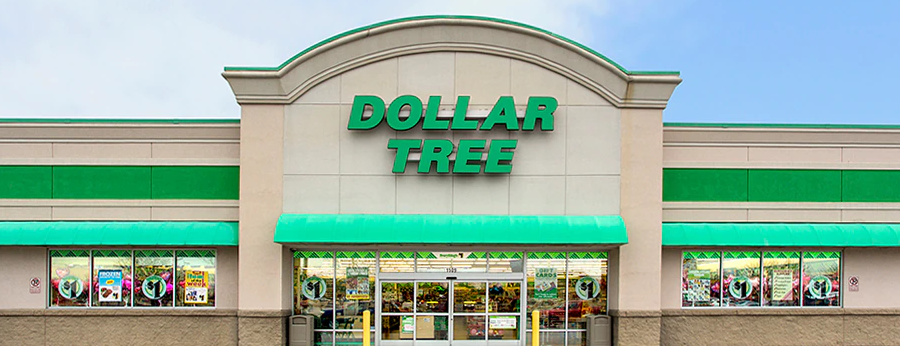Yesterday Dollar Tree announced that it will be raising prices above $1 on some items, citing a labor shortage, supply chain issues, and customer demand for variety. Given the current business climate in which they need to operate and compete I can’t blame the Dollar Tree, but I can blame their brand. After all, if they weren’t called the Dollar Tree, a price change from $1 to $2 wouldn’t have even been big news.
I tell my clients and students that the number one rule to branding is to stick to elements within their control. One of the basic steps to retaining control of one’s brand is to create it appropriately. You can’t completely control the prices you offer (or whether or not you can be the cheapest) so embedding this in your brand is a dangerous move. Side note: Unless you own your storefront, don’t embed street names in your brand either.
This is not to say that Dollar Tree didn’t have a good run as the true Dollar Tree… but could they have had the same run with a brand friendlier to inevitable change?
We’ll never know, but we can learn from this as we move forward. And while we’re on the topic of pricing, here’s a look ahead at what the marketing industry faces.
Gen Z are drastically changing the definition of brand value. Value used to be closely tied to price, but for Gen Z, it’s not that way. This episode of McKinsey’s Consumer CPG’s podcast illustrates the way Gen Z interacts with brands quite well. In short, Gen Z is on the hunt for redefined value that is broader in scope. For many in Gen Z, value is a combination of customer service, sustainable brand practices, brand story, quality, and sometimes price.
Why is this important?
We look to younger generations to plan marketing for the future and Gen Z is teaching us how we need to adapt our marketing orientation to what value means in 2021. If a member of Gen Z is buying an ingredient for a recipe, they might buy the higher end ingredient if it comes with a description of its supply chain and/or a link or QR code to other useful recipes.
In other words, Gen Z, appreciates the whole picture and the extra mile. This concept isn’t new to marketing, we just normally picture it with brick and mortar stores. The difference now is that companies must find ways to go the extra mile in both the online and offline world because younger generations are assessing value and often making purchases before they even step foot near the point of purchase–if they ever do.
As you plan your future marketing initiatives, ask yourself:
How can you go the extra mile with your brand online and embed value beyond price points? (I’ll expand on this next week).
And then, how can you make that expanded value a timeless part of your brand?
Finally, if you’re basing your brand on things you can’t control (price, location), it might be time for a branding check up.











